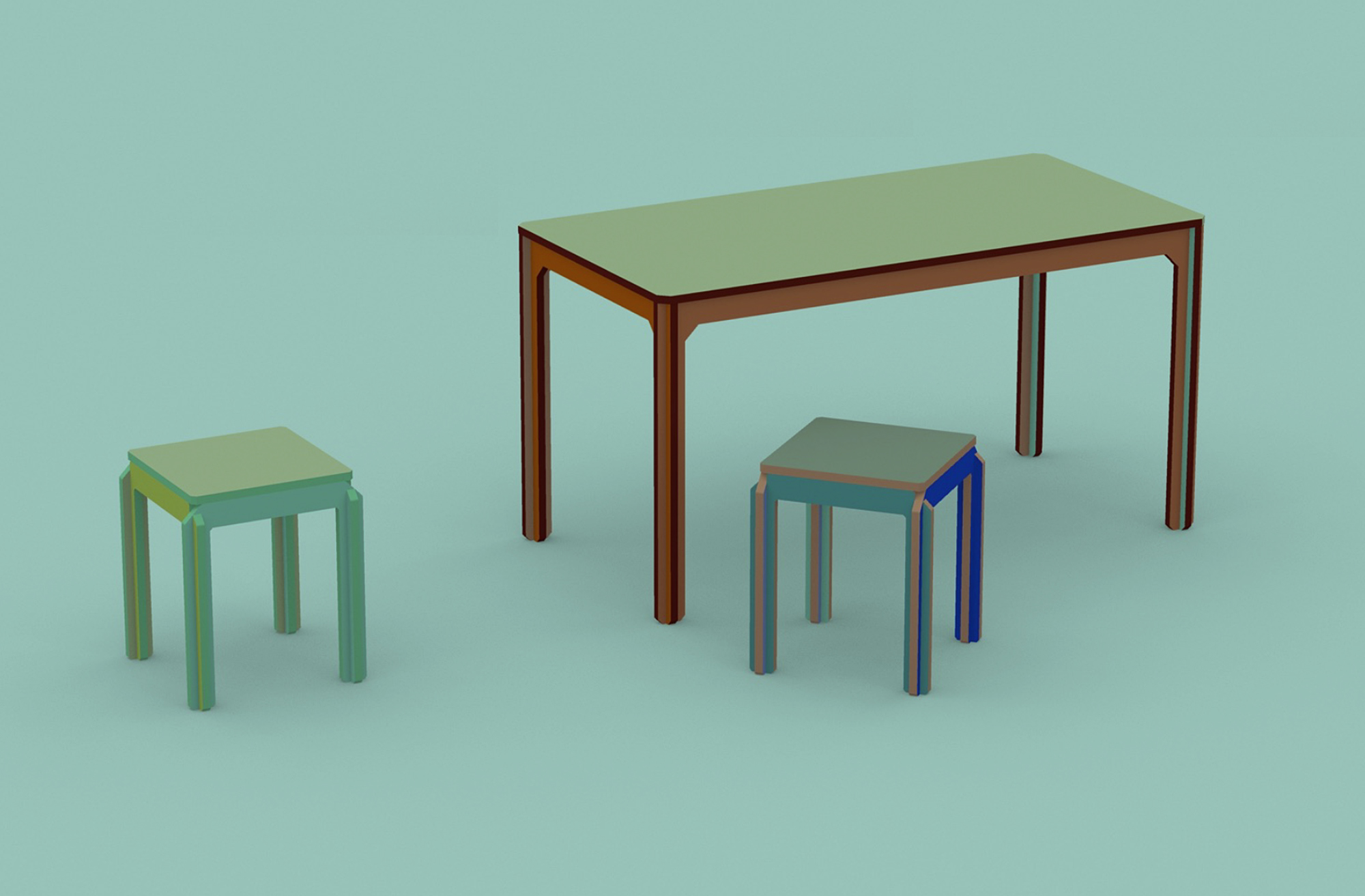
From industrial product to do-it-yourself kit: pioneers of sustainable product design
Sustainable construction and interior design ensure a fascinating wealth of facets in many places and at the same time keep an eye on resource consumption and production methods. That is why we have been drawing special accommodations with our on Good Travel since the beginning "Architecture" sustainability criterion out. The hosts are aware that they have a very special responsibility with their respective houses and that they can make a very concrete positive contribution with the individual design.
From then to now: The rise of sustainable design
It doesn't matter whether it's a creative upcycling project or Lampshade made from PET bottles, the possibilities today are diverse and effective. There are now entire courses that are dedicated to sustainability in design, but that wasn't always the case. This article is intended to provide an insight into some of the pioneers in sustainable product design from then until now.
Victor Papanek - against irresponsible design
“There are professions that cause more damage than industrial design, but many are not.” This is the beginning of Papanek's bestseller “Design for the real world. Instructions for a humane ecology and social change ”, which is still one of the most important works in the field of sustainable design. In it he writes: "It is a sign of our times that adults sit down and seriously design electric hairbrushes, rhinestone shoehorns and mink carpets for bathrooms, and then work out complicated strategies on how to make them and sell them to millions of people." he writes of a "new type of garbage that spoils the landscape and processes that pollute the air we breathe".
That was in 1971. On the one hand, it fitted into the socially tumultuous 1970s and 1980s, while at the same time he was way ahead of his time with this consumer criticism. Even today, 50 years later, he still hits the nerve of our time with these words. Victor papanek held counter-drafts throughout his life. Including his legendary "Tin can radio“, A tin can radio that was operated with paraffin and a wick and cost just nine cents to produce. His life's work has been shown in numerous exhibitions, including the Vitra Design Museum, appreciated.
"Design, if it is to be ecologically responsible and socially responsive, must be revolutionary and radical."
Victor papanek

Dieter Rams - minimalism as the key
Auch Dieter Rams is considered one of the most important product designers of the modern age, who was always aware of his responsibility. As early as 1976, he called on his design colleagues to become aware of their own responsibility and the finite nature of resources.
True to the motto “Good design is as little design as possible”, he always pursued a minimalist, timeless approach and a clear design language in his work. With his “Ten Theses for Good Design” he inspired entire generations of product designers. For his work, Rams was recently awarded the honorary prize of the German Sustainability Prize Foundation.
"We need less, but better."
Dieter Rams
Lisa Klakow
Lisa helped set up the Good Travel Blog and will write for us as a freelance author in the future. She is passionate about traveling and dancing around the world with a small ecological footprint.






COMMENT